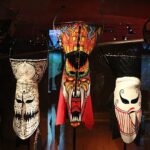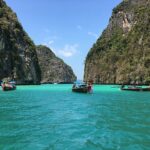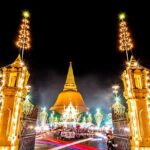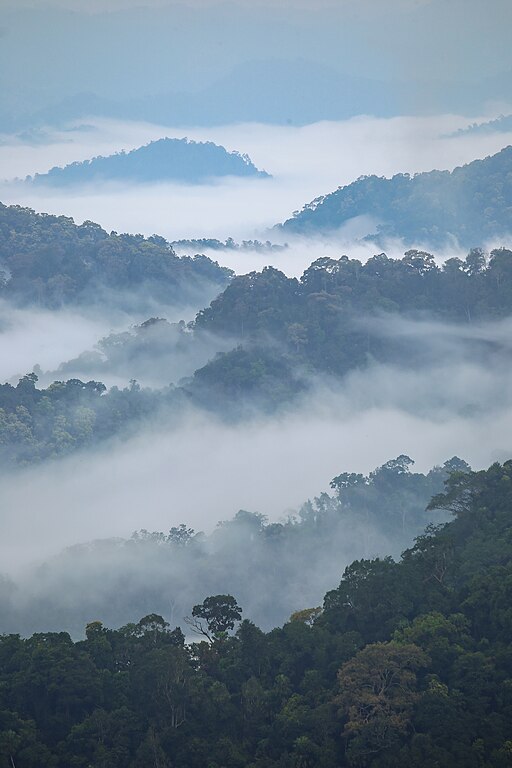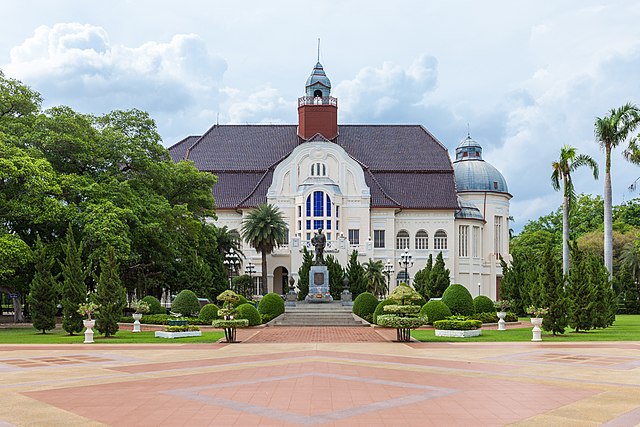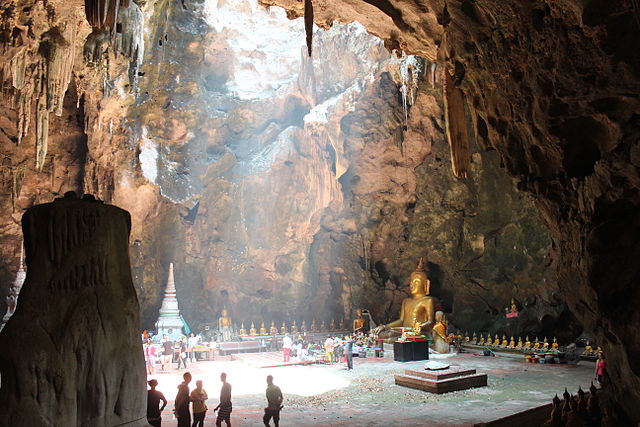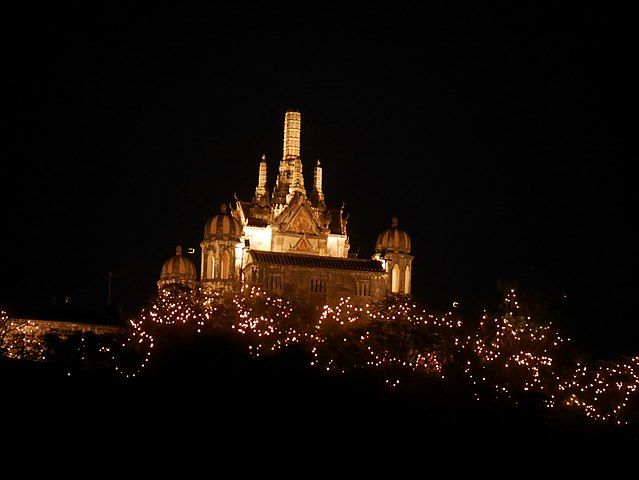
The Bhumibol Dam, a Thai engineering feat, symbolizes sustainability. Furthermore, it generates power, manages water, and controls floods.Situated in Tak Province on the Ping River, it honors King Bhumibol Adulyadej, reshaping the region and representing Thailand’s progress in renewable energy.
Engineering Marvel
Inaugurated in 1964, the Bhumibol Dam stands as an architectural marvel amid Northern Thailand’s lush valleys. Additionally, its sheer magnitude, reaching 154 meters tall and stretching 486 meters long, stands as a testament to human ingenuity. The reservoir, Lake Bhumibol, sprawling over 300 square kilometers, holds an immense volume of water, crucial for supplying various downstream areas.
Power Generation
One of the primary functions of the Bhumibol Dam is its role in electricity generation. Moreover, the plant uses dam-released water to power turbines, supplying a significant portion of Thailand’s electricity. This aligns with environmental conservation goals.
Water Management and Irrigation
Beyond its role in power generation, the dam plays a vital role in water management and irrigation. The controlled release of water from the reservoir serves to regulate river flow downstream, mitigating the risk of floods during the monsoon season and ensuring a consistent water supply for agriculture in the region. The efficient management of water resources has significantly benefited local farmers, supporting crop cultivation and enhancing agricultural productivity.
Environmental Impact and Conservation Efforts
While the dam has brought forth undeniable benefits, its construction also led to environmental changes. The alteration of river ecosystems and displacement of communities were some of the consequences. However, ongoing efforts to mitigate these impacts include reforestation projects, wildlife conservation initiatives, and programs aimed at restoring the natural balance in affected areas. These efforts strive to minimize the environmental footprint of the dam and restore biodiversity in the region.

Cultural Significance
The Bhumibol Dam is not merely a feat of engineering; instead, it holds immense cultural significance for the Thai people.Named after King Bhumibol Adulyadej, revered as a unifying figure in Thai history, the dam symbolizes the monarch’s dedication to the well-being and progress of his people. It stands as a testament to his vision of harnessing nature’s resources for the betterment of the nation.
Visitor Experience and Tourism
The Bhumibol Dam offers a unique opportunity for visitors to witness the scale and impact of this monumental structure. Guided tours provide insights into the dam’s operations, its history, and the surrounding natural beauty. Visitors can enjoy panoramic views of Lake Bhumibol, engage in recreational activities such as fishing or boating, and explore nearby attractions that showcase the region’s cultural heritage.
Conclusion
The Bhumibol Dam stands tall not only as a monumental engineering achievement but also as a symbol of Thailand’s commitment to sustainable energy and responsible resource management. Its multifaceted contributions, from electricity generation to water management and cultural significance, underscore its pivotal role in the nation’s development. As Thailand continues to balance progress with environmental stewardship, the Bhumibol Dam remains a shining example of harnessing nature’s gifts for the greater good—a beacon of sustainable innovation in the heart of Southeast Asia.
Additionally, let’s continue to Mae Moei National Park , which is in the same area of the province.
More pictures here



